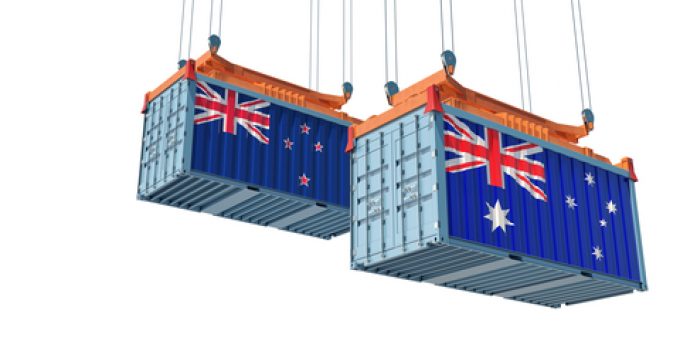Mr Joy: Victoria – Shitoria (Part One)
All about the ‘Big Mess’

There’s been no respite in the supply chain bottlenecks impacting Australia and New Zealand, but high air and ocean freight rates have helped forwarders to record profits.
In Australia, fresh from electing a new prime minister this week, shippers are facing a great deal of uncertainty ...
Keep our news independent, by supporting The Loadstar
Four crew members still missing as Wan Hai 503 continues to burn
Explosions and 'out-of-control' fire reported on Wan Hai box ship
Carrier price hikes hold, driving spot rates higher as space gets scarcer
Crew forced to abandon ship in latest fire on vessel carrying EVs
The Loadstar Podcast | Transport Logistic and Air Cargo Europe 2025
Transpacific rates ease as capacity boost proves too much for trades to digest
Turkish Airlines falls foul of air safety regulations, claims India's aviation authority

Comment on this article